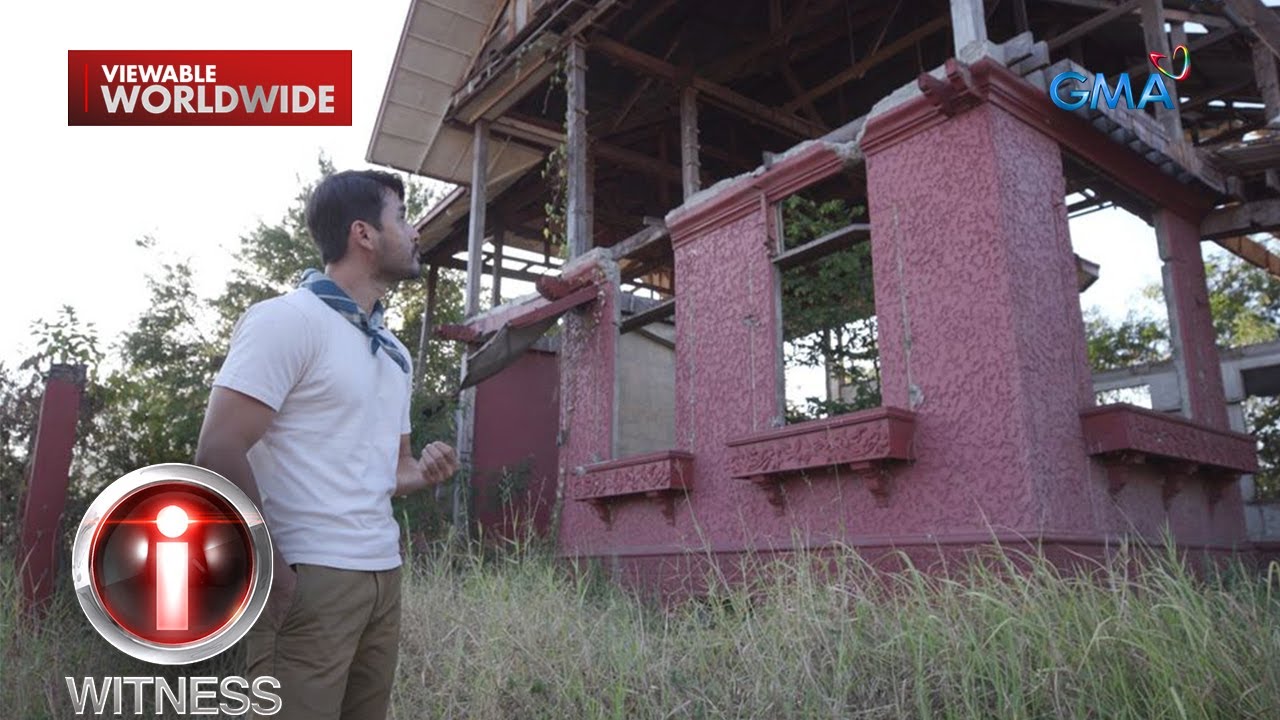'Otsenta,' dokumentaryo ni Atom Araullo | I-Witness
Summary
TLDRThe script recounts the harrowing experiences of 'Malaya Lolas,' Filipino comfort women during World War II, in Candaba, Pampanga. It details their struggle for justice and recognition from the Japanese government, highlighting their diminishing numbers and the fading memory of their ordeal. The narrative also touches on the efforts to preserve historical sites and educate future generations about this dark chapter in history, emphasizing the importance of remembering and seeking justice for these women.
Takeaways
- 🗓️ December 26, 1941, marked the invasion of the Philippines by Japanese forces, despite Manila being declared an open city.
- 🏰 The Philippines was quickly occupied by Japan as part of their Asia conquest, leading to the displacement of American troops.
- 🛡️ Filipino guerrilla warfare continued despite the harsh conditions, with some elders still resisting even decades later.
- 👵 The 'Malaya Lolas' are a group of elderly women who survived the Japanese occupation and are now fighting for justice.
- 🏠 Candaba, Pampanga is highlighted as a community with a dark past, where some of the 'Malaya Lolas' still reside.
- 🌍 The war in Europe had global repercussions, reaching the Philippines and affecting the lives of its inhabitants.
- 🏹 The 'Hukbalahap' or 'Huk' guerrilla group was effective against the Japanese, leading to a siege in 1944.
- 🏫 The 'Siege of Mapaniki' involved the Japanese forces separating men from women and children, leading to atrocities.
- 📢 The 'Malaya Lolas' have been seeking official apologies and reparations for the abuses they suffered during World War II.
- 🏛️ The 'Bahay na Pula', once a Japanese garrison, now stands as a reminder of the past, but is at risk of being forgotten and destroyed.
- 🏫 The 'Malaya Lolas' are integrated into local school curriculums to ensure their stories are passed down to future generations.
Q & A
What significant event occurred on December 26, 1941, in the Philippines?
-On December 26, 1941, Japanese bombers attacked the Philippines despite Manila being declared an open city.
How quickly did the Japanese forces manage to occupy the Philippines during World War II?
-The Japanese forces quickly occupied the Philippines, and by the end of the war, they had driven out the American forces stationed there.
What was the role of Filipino guerrilla fighters during the Japanese occupation?
-Filipino guerrilla fighters continued to resist the Japanese occupation even after the official surrender of American and Filipino forces.
What is the significance of Candaba, Pampanga in the context of the script?
-Candaba, Pampanga is a small community where some of the 'Malaya Lolas', or 'Free Grandmothers', who experienced the atrocities of the Japanese occupation, still reside.
Who are the 'Malaya Lolas' mentioned in the script?
-The 'Malaya Lolas' are a group of elderly women who survived the Japanese occupation and are now advocating for justice and recognition of their experiences.
What happened to Lola Maria during the Japanese occupation?
-Lola Maria and her family experienced the Siege of Mapaniki, where they were subjected to violence and abuse by the Japanese soldiers.
What was the living condition like for the 'Malaya Lolas' during the Japanese occupation?
-The 'Malaya Lolas' faced extreme hardships, including hunger, forced labor, and sexual violence during the Japanese occupation.
What is the 'Malaya Lolas' movement demanding from the Japanese government?
-The 'Malaya Lolas' are seeking official apologies, war reparations, and recognition for the atrocities they suffered during World War II.
What efforts have been made to preserve the history and experiences of the 'Malaya Lolas'?
-The 'Malaya Lolas' have been sharing their stories and advocating for justice. They have also been integrated into local history lessons to ensure their experiences are not forgotten.
What is the current status of the 'Malaya Lolas' in terms of their fight for justice?
-Despite the passage of time and the dwindling number of 'Malaya Lolas', their fight for justice continues. They have received some support from the United Nations and are still seeking reparations and recognition from the Japanese government.
How is the younger generation involved in remembering and honoring the 'Malaya Lolas'?
-The younger generation is involved through education and community projects, such as integrating the 'Malaya Lolas' stories into school curriculums and maintaining memorials to honor their sacrifices.
Outlines

Cette section est réservée aux utilisateurs payants. Améliorez votre compte pour accéder à cette section.
Améliorer maintenantMindmap

Cette section est réservée aux utilisateurs payants. Améliorez votre compte pour accéder à cette section.
Améliorer maintenantKeywords

Cette section est réservée aux utilisateurs payants. Améliorez votre compte pour accéder à cette section.
Améliorer maintenantHighlights

Cette section est réservée aux utilisateurs payants. Améliorez votre compte pour accéder à cette section.
Améliorer maintenantTranscripts

Cette section est réservée aux utilisateurs payants. Améliorez votre compte pour accéder à cette section.
Améliorer maintenantVoir Plus de Vidéos Connexes

Ang pagsakop at pag-abuso ng mga Hapon sa mga Pilipino noong World War II | I-Witness

Battle of Manila | 1945 | Liberation of the Philippines by the US Army | Documentary

I-Witness: 'Ang Lihim ni Lola,' a documentary by Howie Severino (full episode)

The Real Story of WW2 Prisoners Trapped Inside a Cannibal Camp

The Ideal Filipina = Maria Clara? | History of Filipino Women 🇵🇭

THERESIENSTADT -- danske børn i nazistisk fangenskab, Kapitel 3 - Tilfangetagelsen
5.0 / 5 (0 votes)
